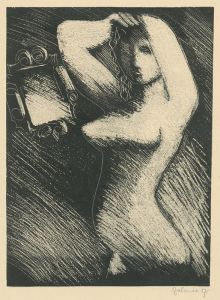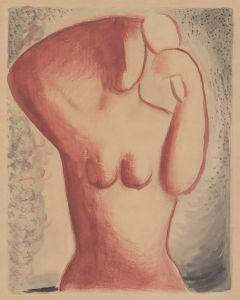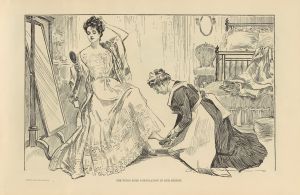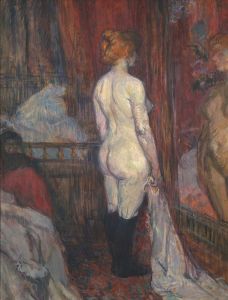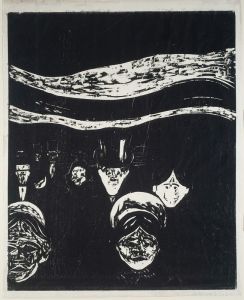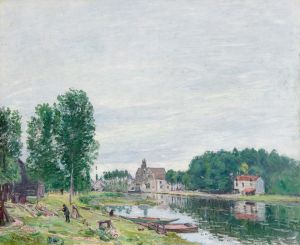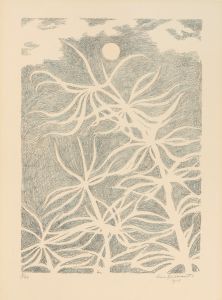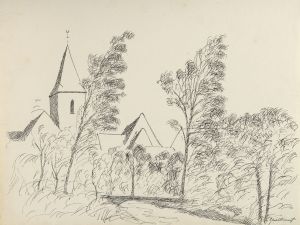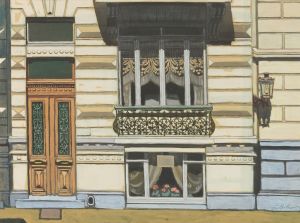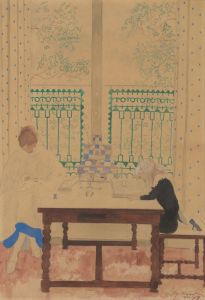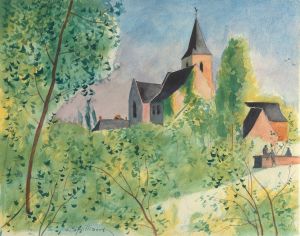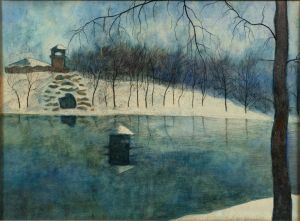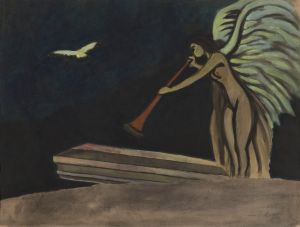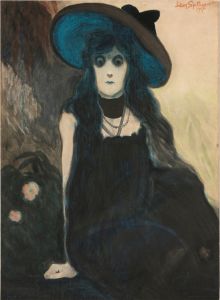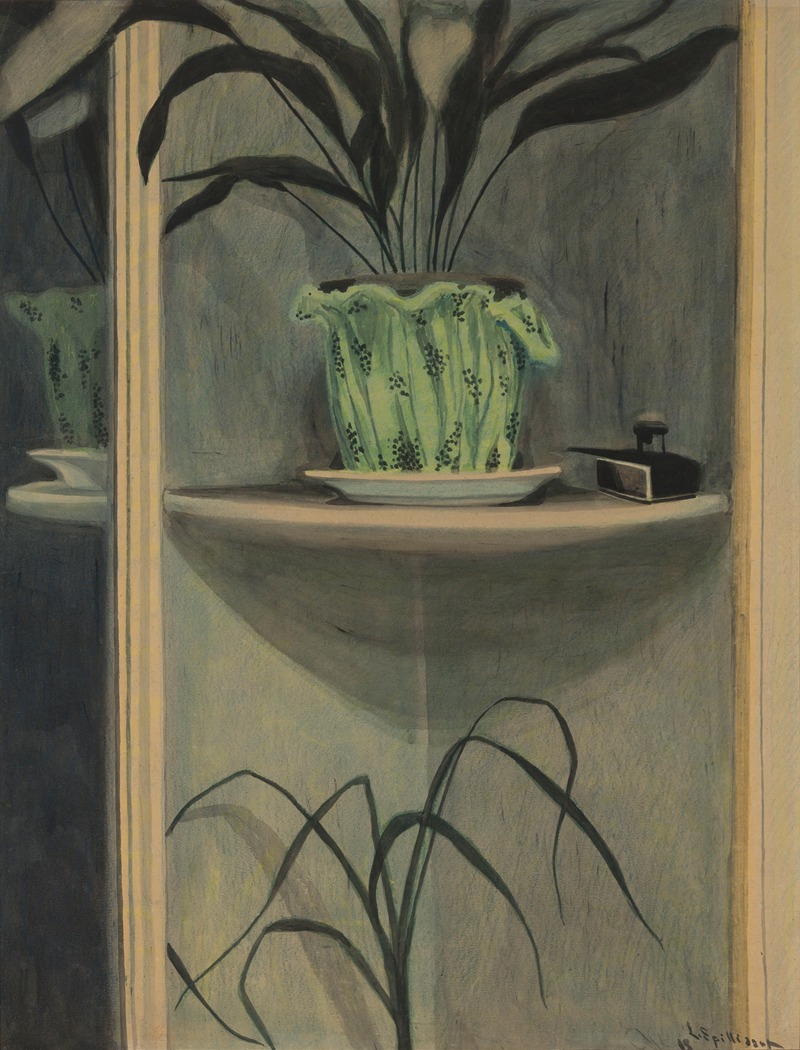
Planten, inktpot en spiegel
A hand-painted replica of Léon Spilliaert’s masterpiece Planten, inktpot en spiegel, meticulously crafted by professional artists to capture the true essence of the original. Each piece is created with museum-quality canvas and rare mineral pigments, carefully painted by experienced artists with delicate brushstrokes and rich, layered colors to perfectly recreate the texture of the original artwork. Unlike machine-printed reproductions, this hand-painted version brings the painting to life, infused with the artist’s emotions and skill in every stroke. Whether for personal collection or home decoration, it instantly elevates the artistic atmosphere of any space.
Léon Spilliaert was a Belgian symbolist painter and graphic artist, known for his unique style that often combined elements of symbolism and expressionism. Born in Ostend, Belgium, in 1881, Spilliaert's work is characterized by its introspective nature and often features solitary figures, stark interiors, and moody landscapes. His art reflects a deep sense of introspection and often explores themes of solitude, existential angst, and the metaphysical.
"Planten, inktpot en spiegel" (translated as "Plants, Inkwell, and Mirror") is one of Spilliaert's intriguing works, though specific details about this particular piece are not extensively documented in public records. However, it can be inferred that the painting likely embodies Spilliaert's characteristic style, which often includes a limited color palette, dramatic contrasts of light and shadow, and a sense of eerie stillness.
Spilliaert's work frequently features everyday objects imbued with a sense of mystery and symbolism. In "Planten, inktpot en spiegel," the inclusion of a mirror, a common motif in his work, might suggest themes of reflection and introspection. Mirrors in art often symbolize self-examination or the duality of existence, which aligns with Spilliaert's interest in exploring the inner workings of the human psyche.
The inkwell in the painting could represent creativity and the act of creation itself, a nod to Spilliaert's own life as an artist. The presence of plants might introduce a natural element, possibly symbolizing growth or the passage of time. Spilliaert's use of such objects often transcends their mundane nature, inviting viewers to ponder deeper meanings and connections.
Spilliaert's artistic journey was influenced by his personal experiences and the cultural environment of his time. He was largely self-taught, and his work was shaped by his introspective nature and a lifelong struggle with health issues, which often confined him indoors. This introspection is evident in his art, which frequently conveys a sense of isolation and contemplation.
Throughout his career, Spilliaert maintained a unique position in the art world. While he was associated with the symbolist movement, his work also prefigured elements of expressionism, particularly in its emotional intensity and use of stark contrasts. His art did not fit neatly into any single category, which has contributed to its enduring appeal and intrigue.
Spilliaert's work, including pieces like "Planten, inktpot en spiegel," continues to be celebrated for its haunting beauty and psychological depth. His ability to convey complex emotions and existential themes through simple compositions and everyday objects has earned him a lasting place in the canon of modern art.
Today, Léon Spilliaert's paintings are held in high regard and can be found in major museums and private collections around the world. His work remains a subject of study and admiration, offering insights into the human condition and the power of art to express the inexpressible.





